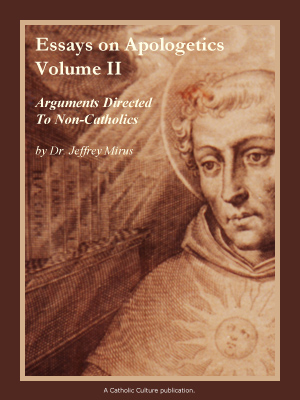Fathers of the Church
Epistle CV: to Serenus, Bishop of Massilia (Marseilles)
by Gregory the Great in 590-604 | translated by James Barmby, D.d
Gregory to Serenus, &c.
That we have been so long in sending a letter to your Fraternity attribute not to sluggishness, but to press of business. We now commend to you in all respects the bearer of these presents, our most beloved son Cyriacus, the Father of our Monastery, that no delay may detain him in the city of Massilia, but that he may proceed under God's protection to our brother and fellow-bishop Syagrius with the succour of your Holiness.
Furthermore we notify to you that it has come to our ears that your Fraternity, seeing certain adorers of images, broke and threw down these same images in Churches. And we commend you indeed for your zeal against anything made with hands being an object of adoration; but we signify to you that you ought not to have broken these images. For pictorial representation is made use of in Churches for this reason; that such as are ignorant of letters may at least read by looking at the walls what they cannot read in books. Your Fraternity therefore should have both preserved the images and prohibited the people from adoration of them, to the end that both those who are ignorant of letters might have wherewith to gather a knowledge of the history, and that the people might by no means sin by adoration of a pictorial representation.
Taken from "The Early Church Fathers and Other Works" originally published by Wm. B. Eerdmans Pub. Co. in English in Edinburgh, Scotland, beginning in 1867. (LNPF II/XIII, Schaff and Wace). The digital version is by The Electronic Bible Society, P.O. Box 701356, Dallas, TX 75370, 214-407-WORD.






